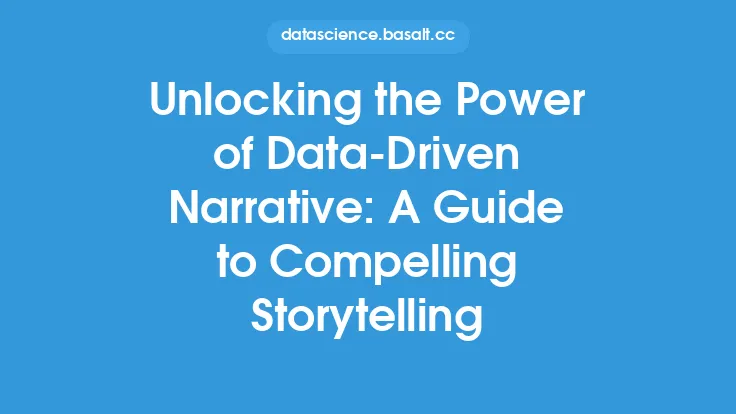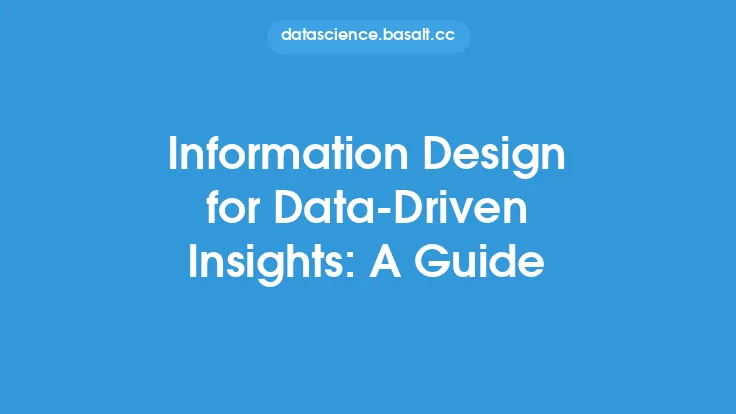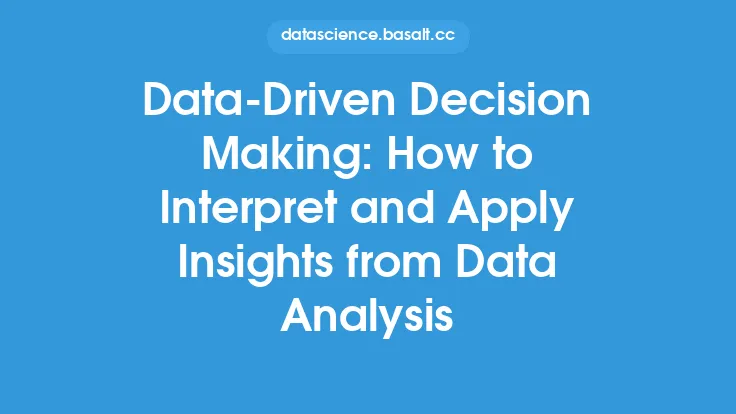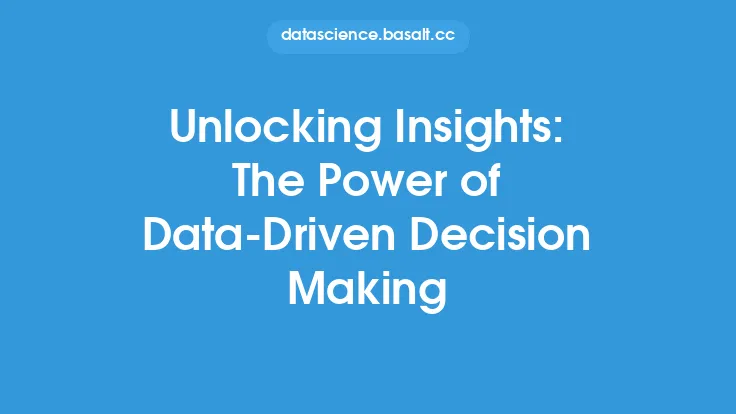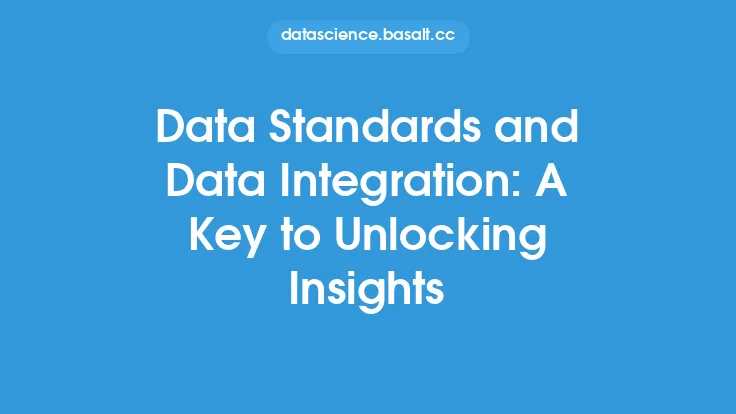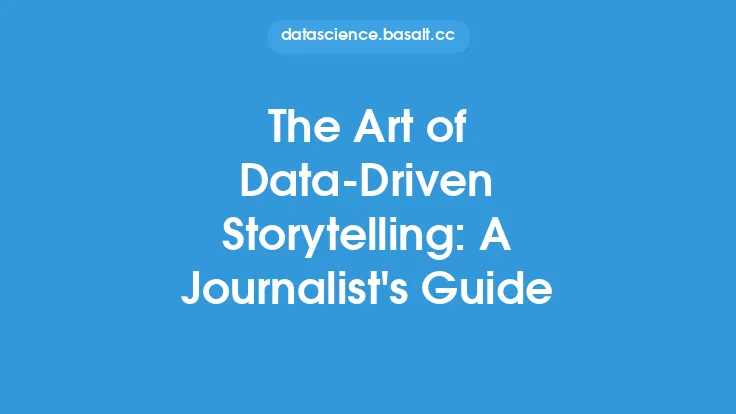In today's data-driven world, organizations rely heavily on data to inform their decisions, drive business growth, and stay competitive. However, the accuracy, completeness, and consistency of this data are often taken for granted. Data integrity is the foundation upon which all data-driven insights are built, and it is essential to understand its significance in ensuring the reliability and trustworthiness of data.
What is Data Integrity?
Data integrity refers to the accuracy, completeness, and consistency of data throughout its entire lifecycle, from collection to storage and analysis. It involves ensuring that data is free from errors, inconsistencies, and corruption, and that it is handled and processed in a way that maintains its integrity. Data integrity is not just about the data itself, but also about the processes and systems that manage and manipulate it. It requires a comprehensive approach that involves people, processes, and technology to ensure that data is accurate, reliable, and trustworthy.
The Importance of Data Integrity
Data integrity is crucial for several reasons. Firstly, it ensures that business decisions are based on accurate and reliable data, which reduces the risk of errors and misinformed decisions. Secondly, it helps to maintain customer trust and confidence in an organization's ability to handle their data securely and responsibly. Thirdly, it enables organizations to comply with regulatory requirements and industry standards, which is essential for maintaining a competitive edge and avoiding reputational damage. Finally, data integrity is essential for maintaining data quality, which is critical for driving business growth, improving operational efficiency, and reducing costs.
Characteristics of Data Integrity
There are several characteristics that define data integrity, including accuracy, completeness, consistency, and timeliness. Accuracy refers to the degree to which data is free from errors and inconsistencies. Completeness refers to the extent to which data is comprehensive and includes all relevant information. Consistency refers to the degree to which data is consistent across different systems and sources. Timeliness refers to the degree to which data is up-to-date and relevant. These characteristics are interrelated and interdependent, and ensuring data integrity requires a comprehensive approach that addresses all of them.
Benefits of Data Integrity
The benefits of data integrity are numerous and significant. Firstly, it enables organizations to make informed decisions based on accurate and reliable data, which reduces the risk of errors and misinformed decisions. Secondly, it helps to improve operational efficiency by reducing the time and resources required to correct errors and inconsistencies. Thirdly, it enables organizations to maintain customer trust and confidence, which is essential for driving business growth and maintaining a competitive edge. Finally, it helps to reduce costs by minimizing the impact of data errors and inconsistencies on business operations.
Best Practices for Ensuring Data Integrity
Ensuring data integrity requires a comprehensive approach that involves people, processes, and technology. Some best practices for ensuring data integrity include implementing data validation and verification processes, using data quality metrics and benchmarks, and establishing data governance policies and procedures. Additionally, organizations should invest in data management tools and technologies, such as data integration and data quality software, to help ensure data integrity. Finally, organizations should provide training and awareness programs for employees to educate them on the importance of data integrity and the role they play in maintaining it.
Common Challenges to Data Integrity
Despite its importance, data integrity is often compromised by several challenges, including data errors and inconsistencies, data corruption and loss, and data security breaches. Data errors and inconsistencies can occur due to human error, system glitches, or data integration issues. Data corruption and loss can occur due to hardware or software failures, natural disasters, or cyber-attacks. Data security breaches can occur due to unauthorized access, hacking, or phishing attacks. These challenges can have significant consequences, including reputational damage, financial losses, and regulatory penalties.
Technologies for Ensuring Data Integrity
Several technologies can help ensure data integrity, including data quality software, data integration software, and data security software. Data quality software helps to identify and correct data errors and inconsistencies, while data integration software helps to integrate data from different sources and systems. Data security software helps to protect data from unauthorized access, corruption, and loss. Additionally, emerging technologies such as blockchain and artificial intelligence can also help to ensure data integrity by providing a secure and transparent way to manage and manipulate data.
Conclusion
In conclusion, data integrity is a critical aspect of data quality that ensures the accuracy, completeness, and consistency of data throughout its entire lifecycle. It is essential for making informed decisions, maintaining customer trust and confidence, and driving business growth. Ensuring data integrity requires a comprehensive approach that involves people, processes, and technology, and organizations should invest in best practices, technologies, and training programs to maintain it. By prioritizing data integrity, organizations can reduce the risk of errors and misinformed decisions, improve operational efficiency, and maintain a competitive edge in today's data-driven world.
